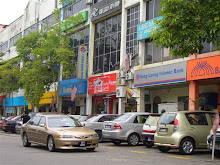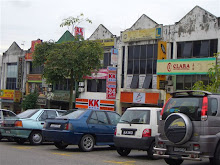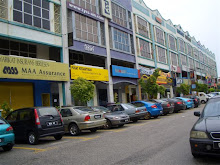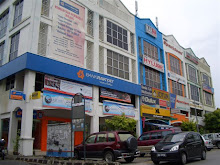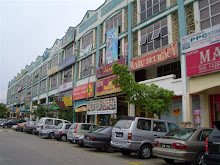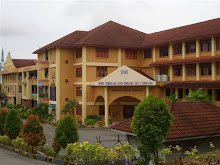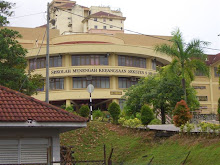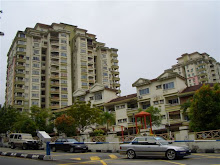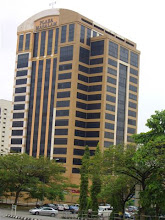Todai-ji Temple, Nara, is a Buddhist temple made of wood, and it is said to be the tallest wooden building in the world. Inside of the temple is a statue of the Great Buddha Daibutsu, almost 15 meters tall! The base of Buddha is taller than the man, who is of average height. There are some statues of guardians of the Buddha, two of which were in its entirety, and two other statues whose heads only were displayed. The original Buddha was created in the 700s and was made of bronze. Throughout time, parts of it has been restored, most recently being the head in the 1700s. As you exit the temple, you are walking on the grounds of Deer Park, where hundreds of deer roam freely. While some of the deer chose to rest nonchalantly in the shade, most of the deer decided to greet their visitors in hopes of getting treats.
.jpg)
.jpg)
.jpg)
.jpg)
.jpg)
.jpg)
.jpg)
.jpg)
.jpg)
.jpg)
.jpg)
.jpg)

































.jpg)
.jpg)
.jpg)
.jpg)
.jpg)
.jpg)
.jpg)
.jpg)
.jpg)
.jpg)
.jpg)
.jpg)
.jpg)
.jpg)
.jpg)
.jpg)
.jpg)
.jpg)
.jpg)
.jpg)
.jpg)
.jpg)
.jpg)
.jpg)
.jpg)
.jpg)
.jpg)
.jpg)
.jpg)
.jpg)
.jpg)
.jpg)
.jpg)
.jpg)
.jpg)
.jpg)
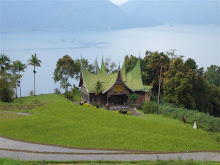.jpg)


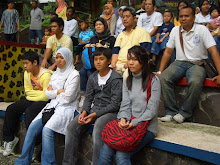
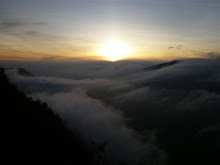

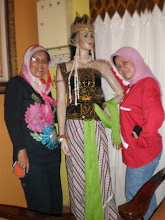
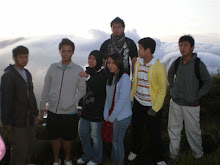
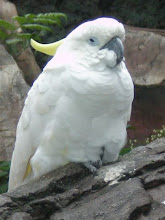


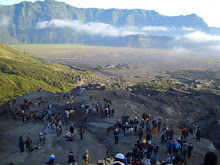


.jpg)


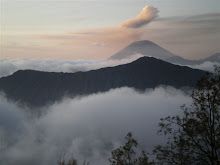
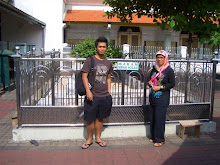
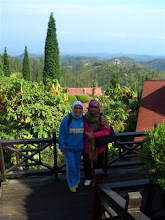
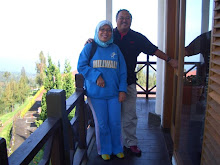

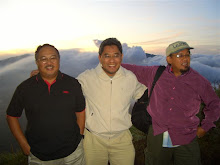
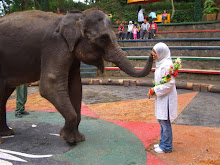

.jpg)
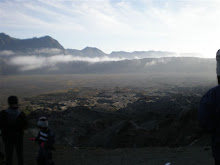
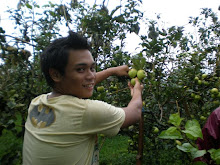
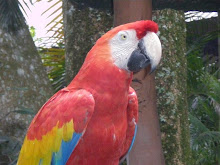

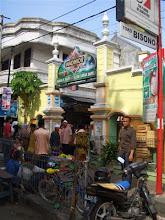

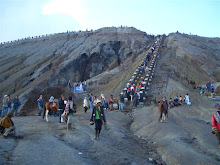
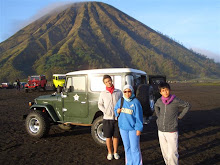


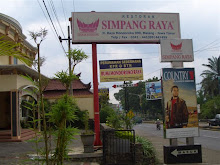
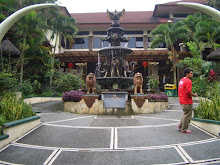
.jpg)


